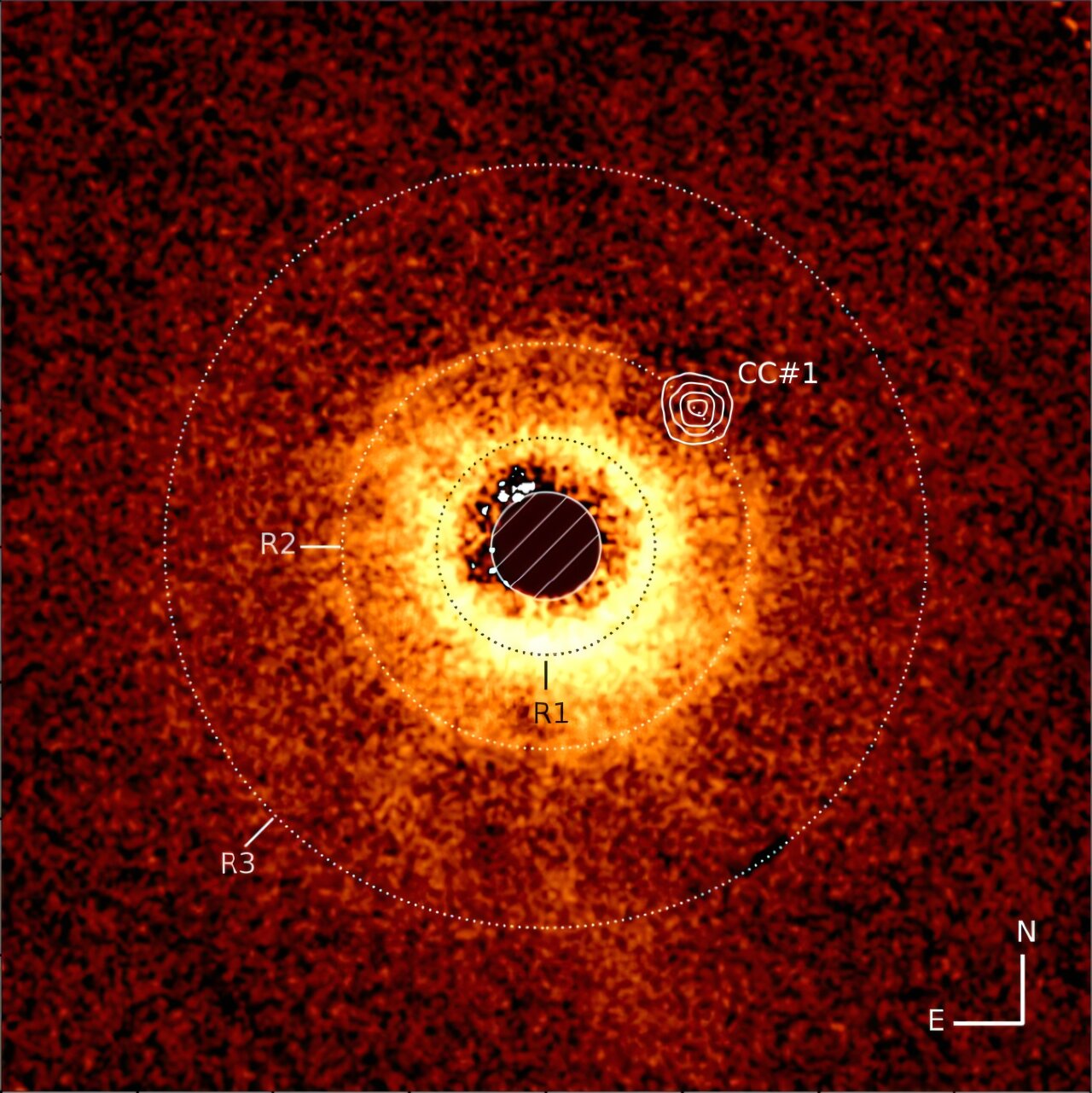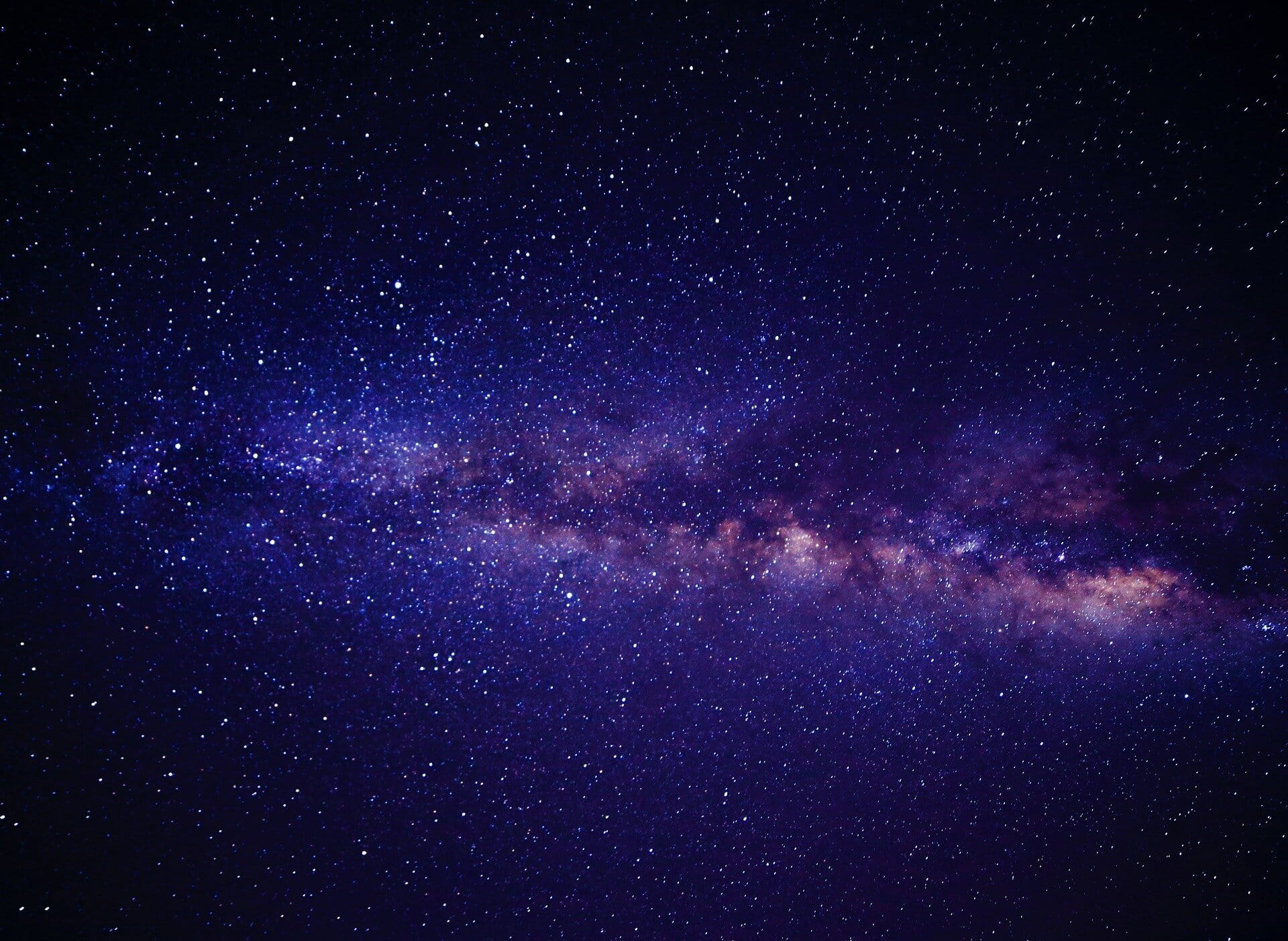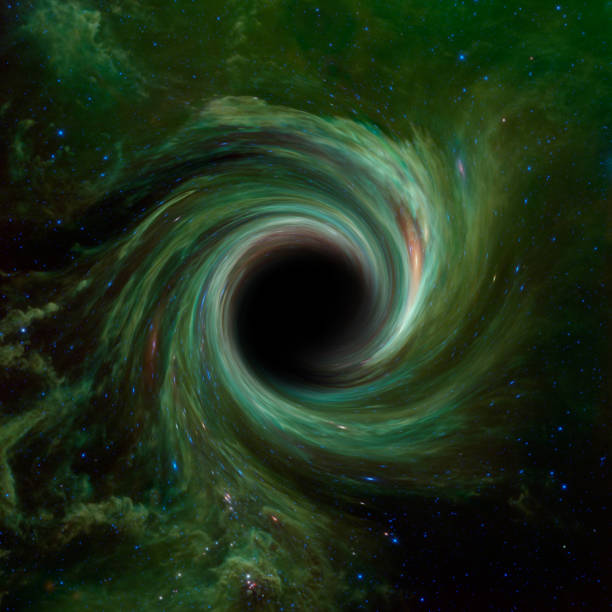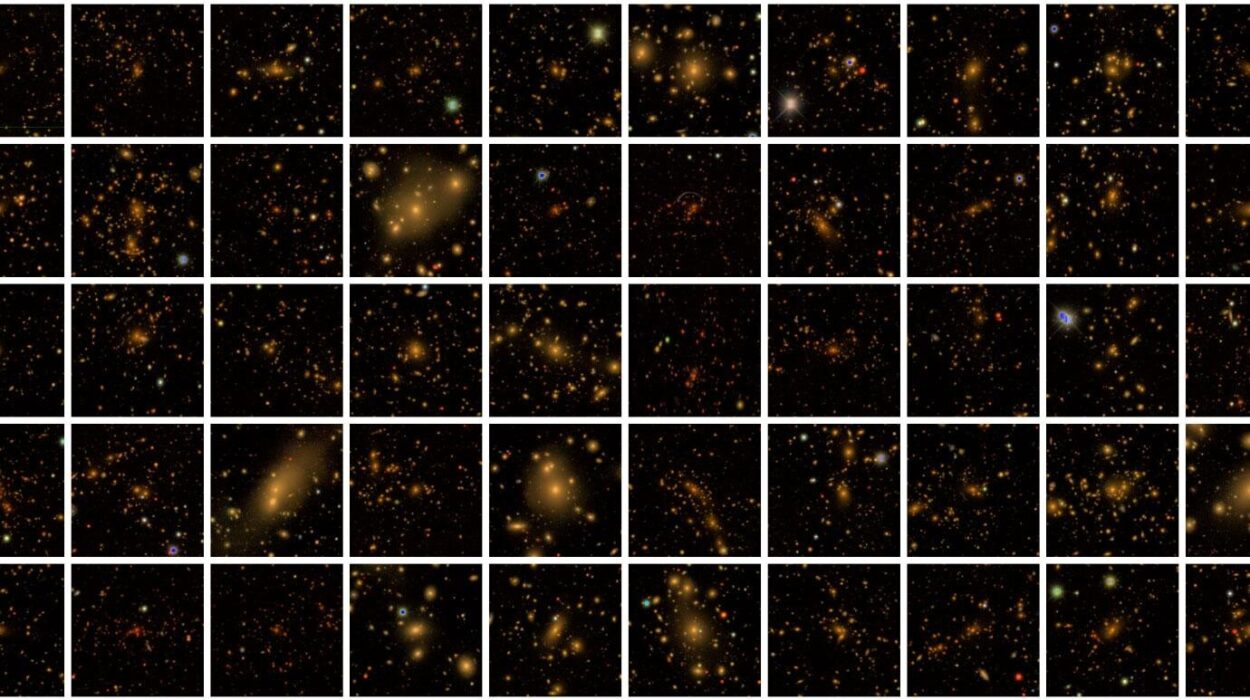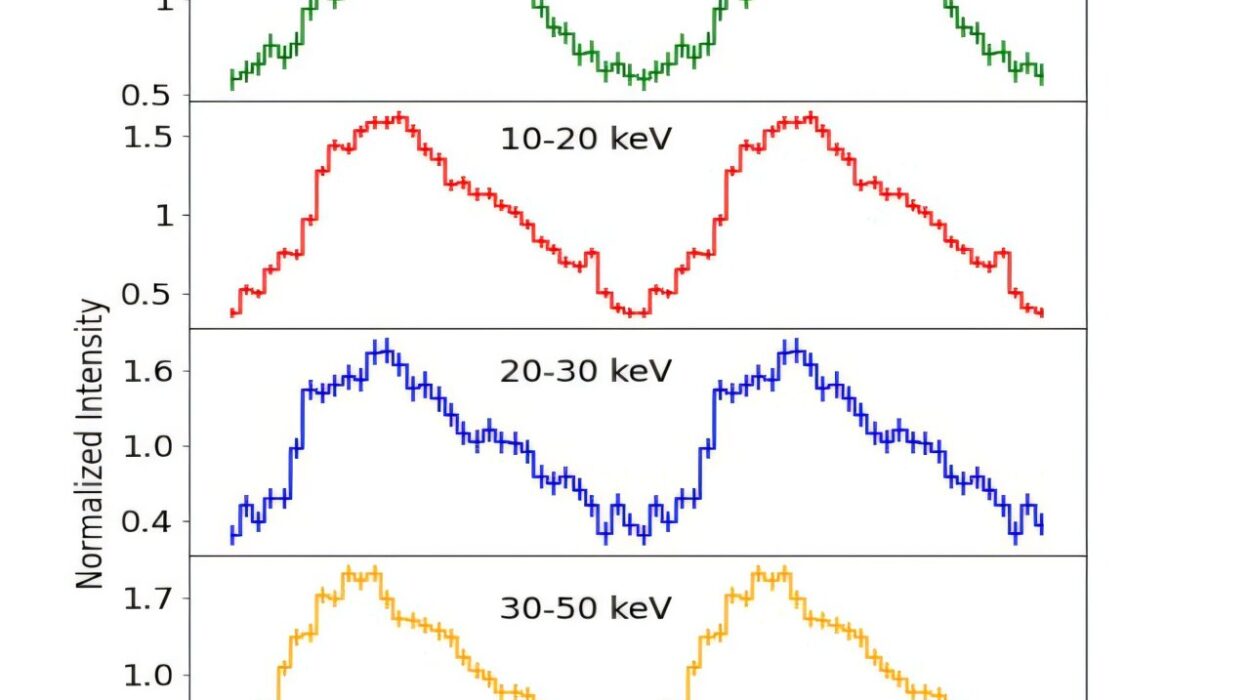In the vast cosmic theater beyond our solar system, an extraordinary discovery is lighting up the dark—both literally and figuratively. For the first time ever, NASA’s James Webb Space Telescope (JWST) has captured a direct image of a previously unknown exoplanet, thanks to a French-engineered piece of technology designed to dim the light of distant stars. It’s a breakthrough that feels like pulling back the curtain on another world, offering us not just a scientific marvel—but a humbling, breathtaking reminder of our place in the universe.
This exoplanet, now christened TWA 7 b, lives 150 light-years away in a young, dusty star system, wrapped in concentric rings of cosmic debris. But its importance lies far closer to home. This isn’t just any planetary image—it’s the first of its kind from the JWST. And at just a tenth the mass of Jupiter, it’s also the lightest exoplanet ever imaged directly, opening new doors in our quest to find smaller, more Earth-like worlds.
Let’s rewind for a moment. In 2022, when the James Webb Space Telescope unfurled its golden mirror petals and opened its eyes to the sky, humanity crossed into a new era of astronomy. With its unprecedented sensitivity to infrared light, JWST wasn’t just built to peer deeper into space—it was designed to see the invisible. And in this case, what was invisible became undeniable.
Seeing the Unseeable
The challenge of directly imaging an exoplanet is monumental. Picture trying to spot a firefly next to a searchlight—from thousands of miles away. That’s the fundamental problem astronomers face. Stars are blindingly bright, while their planets, tiny and dim, vanish in their glow.
To solve this, a team of French researchers, led by a CNRS scientist from the Observatoire de Paris-PSL and associated with Université Grenoble Alpes, turned to an elegant solution rooted in nature: an artificial eclipse.
They equipped JWST’s MIRI instrument with a coronagraph, a clever device that blocks a star’s blinding light, mimicking what happens during a solar eclipse on Earth. With the star dimmed, everything around it—the debris, the dust, and the planets—suddenly comes into view.
It was this subtle piece of engineering, developed by the CNRS in collaboration with the CEA, that allowed the researchers to pierce through the noise and see what had been hidden all along: a newborn planet glowing in the warm cradle of a dusty ring.
A Planet in a Perfect Place
TWA 7 b lives inside a system that’s just a few million years old—a blink of an eye in cosmic terms. These youthful systems are of special interest because the planets within them are still hot from formation, glowing brighter in infrared than their older, colder counterparts.
And the TWA 7 system isn’t just young—it’s also beautifully aligned for observation. Seen “pole-on,” as if from directly above, the star’s debris disk spreads out like ripples on a pond. Previous observations had hinted at something mysterious: three distinct rings and two large gaps in the debris, like invisible shepherds were keeping the space clear.
Now, thanks to the JWST, the mystery has a name: TWA 7 b.
The planet sits nestled inside the narrowest of the rings, precisely where scientists had suspected a gravitational force must be lurking. After ruling out other explanations, and running detailed simulations, the conclusion was clear: what they were seeing wasn’t just a smudge or a mirage. It was a real, physical planet, shaping its environment with the invisible hand of gravity.
A Gentle Giant
But TWA 7 b is not your average giant. At roughly 30% the mass of Jupiter, it’s closer in heft to Saturn—and significantly lighter than any other exoplanet previously imaged directly. That makes this discovery a game-changer.
Why? Because it brings us one step closer to imaging planets that are more like Earth: smaller, cooler, and possibly even habitable. Until now, direct imaging techniques worked best for massive, young gas giants—giants so large they practically screamed through the cosmic noise. But TWA 7 b is quiet, subtle, and faint.
Catching its glow in the infrared is like spotting a candle in fog—and now that we’ve done it once, the possibilities are thrilling.
This also validates the JWST’s unique strength: its ability to see in the mid-infrared thermal range, a wavelength where small, hot, young planets shine brightest. TWA 7 b is the first, but it won’t be the last.
The Future is Brighter (and Smaller)
With this discovery published in the journal Nature, the scientific community is abuzz—not just about what was found, but how. The method works. The technology holds. The tools we need to image even smaller planets—potentially even Earth-like planets—are already in space, patiently watching.
Astronomers believe that with further refinement, the JWST could spot planets with only 10% the mass of Jupiter. That’s Neptune-sized. And beyond that? Perhaps even super-Earths.
And this is just the beginning. The success of this coronagraph fuels excitement for future missions and instruments—both space-based and ground-based—designed specifically for exoplanet hunting. With more advanced coronagraphs and adaptive optics, the next generation of telescopes could take us deeper into the habitable zones of nearby stars, where water could flow and life might arise.
TWA 7 b may not harbor life, but it reminds us why we search. Each world we find, each pixel of light captured across the cosmic sea, whispers a powerful truth: we are not alone in the universe—we are just beginning to see who else might be out there.
From Dots of Light to Possible Life
Once, exoplanets were purely theoretical. Then they were statistical. Now, they’re visible. We can see them. And thanks to a telescope orbiting a million miles from Earth, we can begin to study them in detail, not just infer their presence.
The image of TWA 7 b isn’t just a picture. It’s a promise.
It promises that the tools we’ve built can answer the biggest questions. That our technology can do more than capture beauty—it can discover truth. And that in the silent, spinning dark beyond our solar system, there are worlds waiting to be known.
As we look up at the night sky and imagine what lies beyond, remember this: one tiny dot in a dusty ring just became the beginning of a new era in planetary discovery.
And the cosmos just got a little closer.
Reference: Anne-Marie Lagrange, Evidence for a sub-Jovian planet in the young TWA 7 disk, Nature (2025). DOI: 10.1038/s41586-025-09150-4. www.nature.com/articles/s41586-025-09150-4
